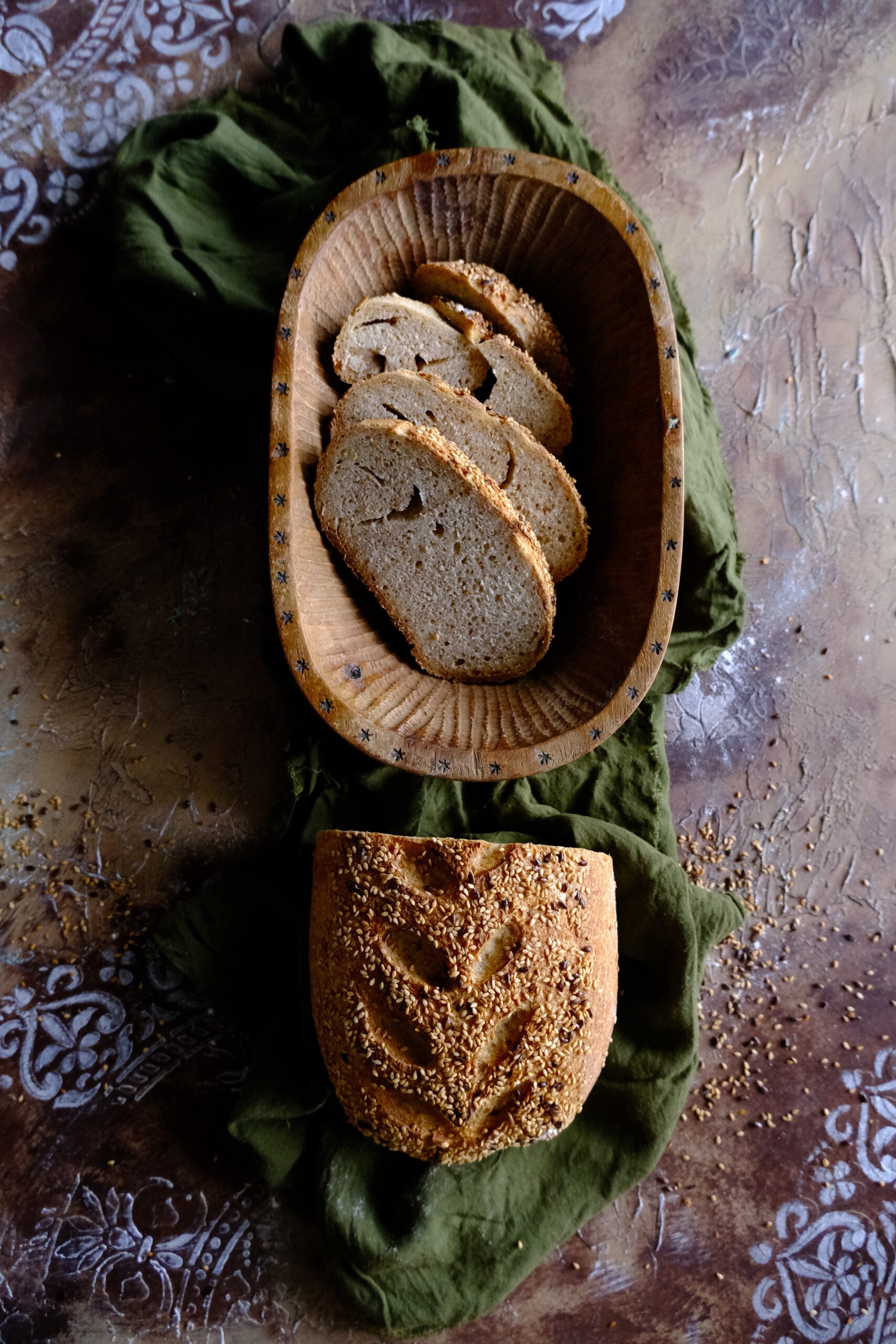Just take a walk down the road and check out the variety of bread lining local store shelves. You will agree the numbers are innumerable, and this poses the question of whether any bread is healthy. Certainly not, since the majority of the bread varieties that grace your local stores comprise huge proportions of sugar and carbohydrates. Healthy bread is hard to come by but fortunately possible.
What defines Bread, referred to as Healthy?
Some of the important factors to look out for when checking if the bread is healthy or not include:
- Has the presence of sprouted grains that can be sprouted wheat or any other grains. These are clear indications of bread that is healthy.
- Check out the labels for sugars. If you find there are no added sugars, then it is good. The right proportion is a maximum of 2g sugar for each slice.
- Check out the fiber content. A minimum of 2g fiber per serving is healthy.
- Ingredients with some weird names are a clear indication that the bread contains unnecessary preservatives and stabilizers.
- If organic, then it is certainly healthy bread.
Some healthy choices of bread include; rye bread, Ezekiel bread, whole-grain bread, and Keto bread. These are rich in beneficial nutrients that include iron, calcium, fiber, proteins, niacin, riboflavin, magnesium, thiamin, folate, and selenium.
The rich fiber in the healthy dough helps boost the digestive system. It helps ease food digestion and regulates food glucose. It is also important in softening stool and bulking. The healthy dough also helps counter various conditions such as heart disease, different cancers, and type 2diabetes.
On the flip side, various pointers indicate the bread you are consuming is not healthy. These include:
- Anything white is not a healthy choice.
- If you find terms such as “enriched,” “Unbleached,” “bleached” as part of the ingredients. For instance, “enriched wheat.”
- Highly processed wheat with labels such as 100% wheat. These are not healthy.
- The fiber content of less than 2g for each serving is not healthy.
- Additional ingredients on the label such as honey, raisins, banana, dried foods, vanilla, cinnamon, etc.
- Dough conditioners such as azodicarbonamide, sodium stearoyl lactylate, monoglycerides, DATEM, and Diglycerides. These chemicals are additives meant to facilitate processing and are unnecessary for real bread.
- Look out for GMO ingredients such as corn oil and soybean oil. The ingredients are not necessary.
- Any form of artificial coloring and flavors are clear indications of unhealthy bread. Check out the label to find out if caramel coloring is part of the ingredients. This is usually added to wheat bread to make it appear browner. Avoid such bread if you notice it.
- Any added sugar such as corn syrup or any other kind of artificial sweetener is unhealthy. If the sugar level is 2g per slice, then it is not healthy. This is common with light bread. It is especially common to find sugar and honey if the bread has yeast since they work hand-in-hand.
- Stabilizers and preservatives on the label. A simple way to know this is by reading the names. Anything with a complex name is a preservative or stabilizer; for instance, maltodextrin is a stabilizer. Calcium propionate, on the other hand, is a preservative.
Conclusion
It is important to check out the label on any bread before you make a purchase. Not all bread you find in your local stores is healthy. The healthy options comprise some important ingredients such as protein, essential nutrients, fiber, vitamins, and minerals. These ingredients are rich in any bread type that has sprouted or whole grains. Any other type of bread, especially the processed, contains very few of the mentioned ingredients.
